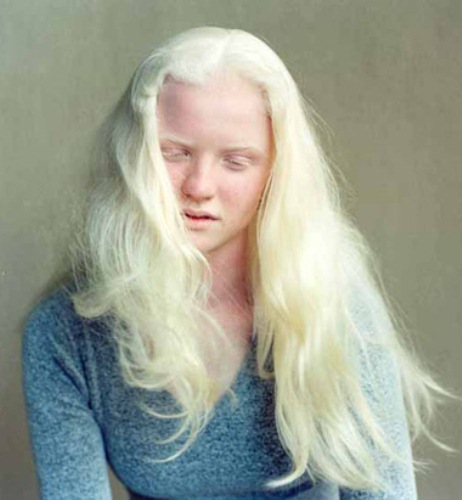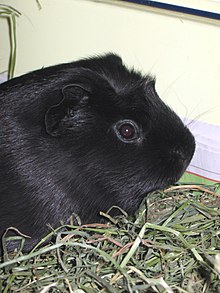Melanistic Melanism Human

The term melanism refers to black pigment and is derived from the greek.
Melanistic melanism human. Melanism occurs in the same way with the mutation of genes just not the same ones. Melanism is found in many different species including amphibians reptiles and mammals. An increased amount of black or nearly black pigmentation as of skin feathers or hair of an individual or kind of organism. Melanistic coyotes in northwest georgia.
Panthers for example are actually melanistic jaguars. On the other hand melanism which is also hereditary and is produced by the mutation of different genes results in an excess of dark pigmentation in an animal. The increased development of the dark colored pigment melanin in the skin and hair of an animal is called melanism and is the opposite of albinism. In most cases though melanism is not caused due to human interference.
Melanism is the increased development of the dark colored pigment melanin in the skin or hair. The gene responsible for melanism is a recessive gene. Therefore melanistic babies can be born to regularly colored parents and it is common to find melanistic individuals amongst a brood of normal siblings. Pseudomelanism also called abundism is another variant of pigmentation identifiable by dark spots or enlarged stripes which cover a large part of the body of the animal making it appear melanistic.
This can be seen in a variety of animals however it is more common in some than others. The journal s cover photo of a melanistic coyote was taken on the berry college campus by melanie abney. Intense human pigmentation in skin eyes and hair. Industrial melanism is where natural selection pressures due to man made influences have led to color changes in certain species.
In 2014 our project published a paper on coyote melanism in the journal southeastern naturalist after encountering nearly a dozen of these animals over the past decade. The mutation of these specific genes causes the more dark pigmentation which is why the animal appears black.
















